Market Analysis
In-depth Analysis of Semiconductor Packaging Material Market Industry Landscape
There are ongoing changes in the semiconductor packaging material market caused by a constant pace of innovation in the field of it and an increase to more complicated electroinit devices. Substrates, bonding wires, encapsulation resins and solder balls are all semiconductor packaging materials that form an integral part in protecting as well as linkage of the components of a semiconductor. A significant factor influencing market dynamics is the fast growth of electronics industry. The increasing demand for smaller, faster, and more powerful electronic devices, such as smartphones, IoT devices, and automotive electronics, drives the need for advanced semiconductor packaging materials that can meet the performance and reliability requirements of these applications. A significant aspect of the semiconductor packaging material market is in competitive dynamics. As the semiconductor manufacturers continue to develop highly sophisticated devices that become more functional, suppliers of packaging materials are constantly competing with each other to present solutions for meeting new requirements in the field of semiconductors. Emphasis is on the design of materials with high thermal conductivity, enhanced electrical performance and reliability under different operation conditions. This competitive environment stimulates an ongoing development of packaging materials, changing market patterns and establishing industry benchmarks for quality and performance.
Technological developments in semiconductor packaging materials play an important role in influencing the dynamics of market forces. The fact is that with the advent of advanced packaging technologies, such as 3D packing and wafer-level packers fan-out article embedding techniques raised a high complexity for materials used in packaging. To achieve this, the manufacturers invest in research and development to make materials that can withstand higher temperatures offer better electrical performance as well as improved protection against environmental factors. These technological advancements provide momentum for the evolution of semiconductor packaging material market landscape, triggering a change in adoption practices regarding new techniques and materials.
Market dynamics are also being influenced by the increasing importance given to sustainability and environmental features. As the electronics industry increases its awareness of their environmental responsibility, there is growing demand for eco-friendly and recyclable packaging materials. The semiconductor packaging material suppliers adapt to the evolving environmental standards and expectations of this sector, sustainability considerations inform market dynamics.
Global economic factors such as those prevailing in trade policies, tariffs and supply chain disruptions have an impact on the semiconductor packaging material market. Since the sector relies on a global supply chain, trade disruptions or changes in policies related to it can impact the availability and price of raw materials. Other economic factors affecting the cost structure semiconductor packaging materials include market dynamics where manufacturers grapple with procurement issues, production costs and pricing strategies.
The changing dynamics of the semiconductor packaging material market are influenced by regulatory standards and compliance requirements. There are standards for semiconductor materials safety, quality and performance set by governments or industry associations so as to ensure the reliability of electronic devices. In the semiconductor industry, manufacturers should meet these standards to get acceptance. The regulatory environment influences market dynamics since packaging material suppliers invest in quality control measures and certification processes to meet strict requirements of the semiconductor industry.
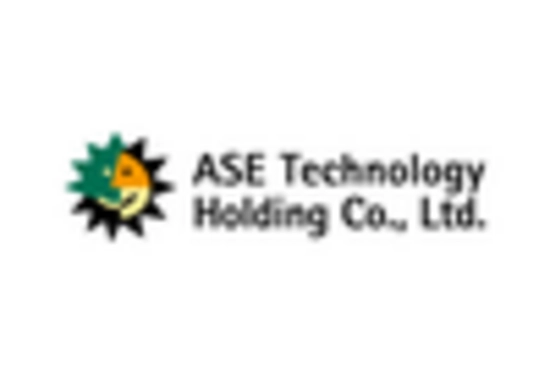
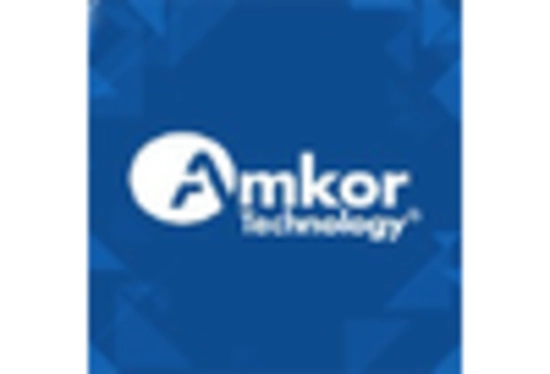
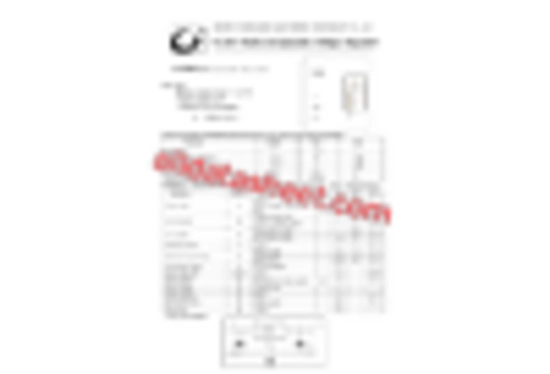
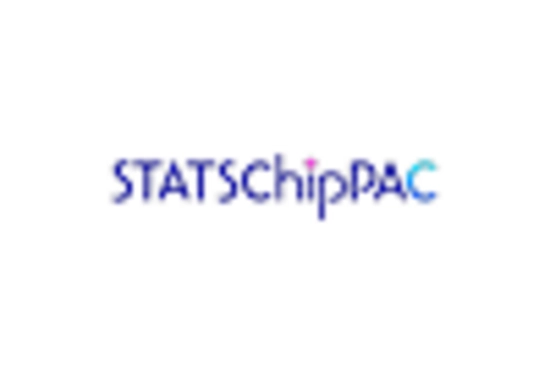
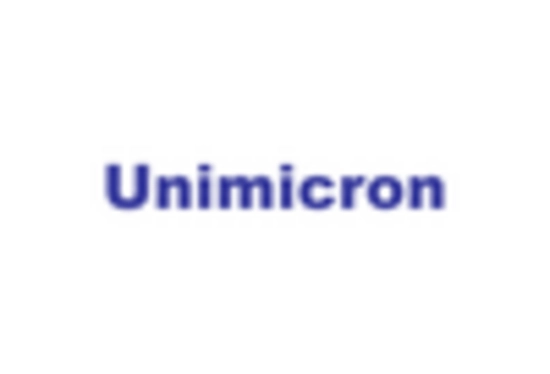









Leave a Comment